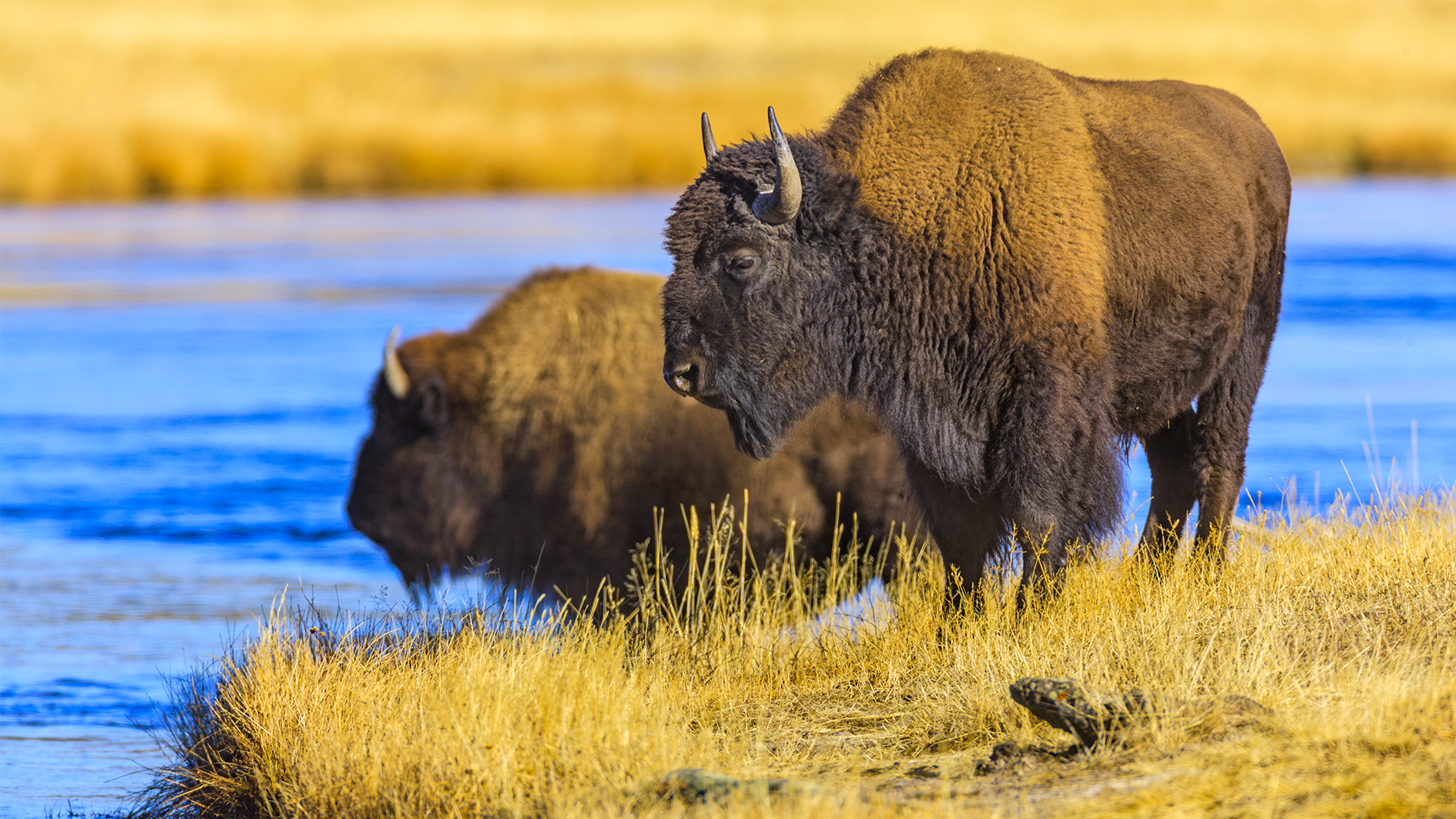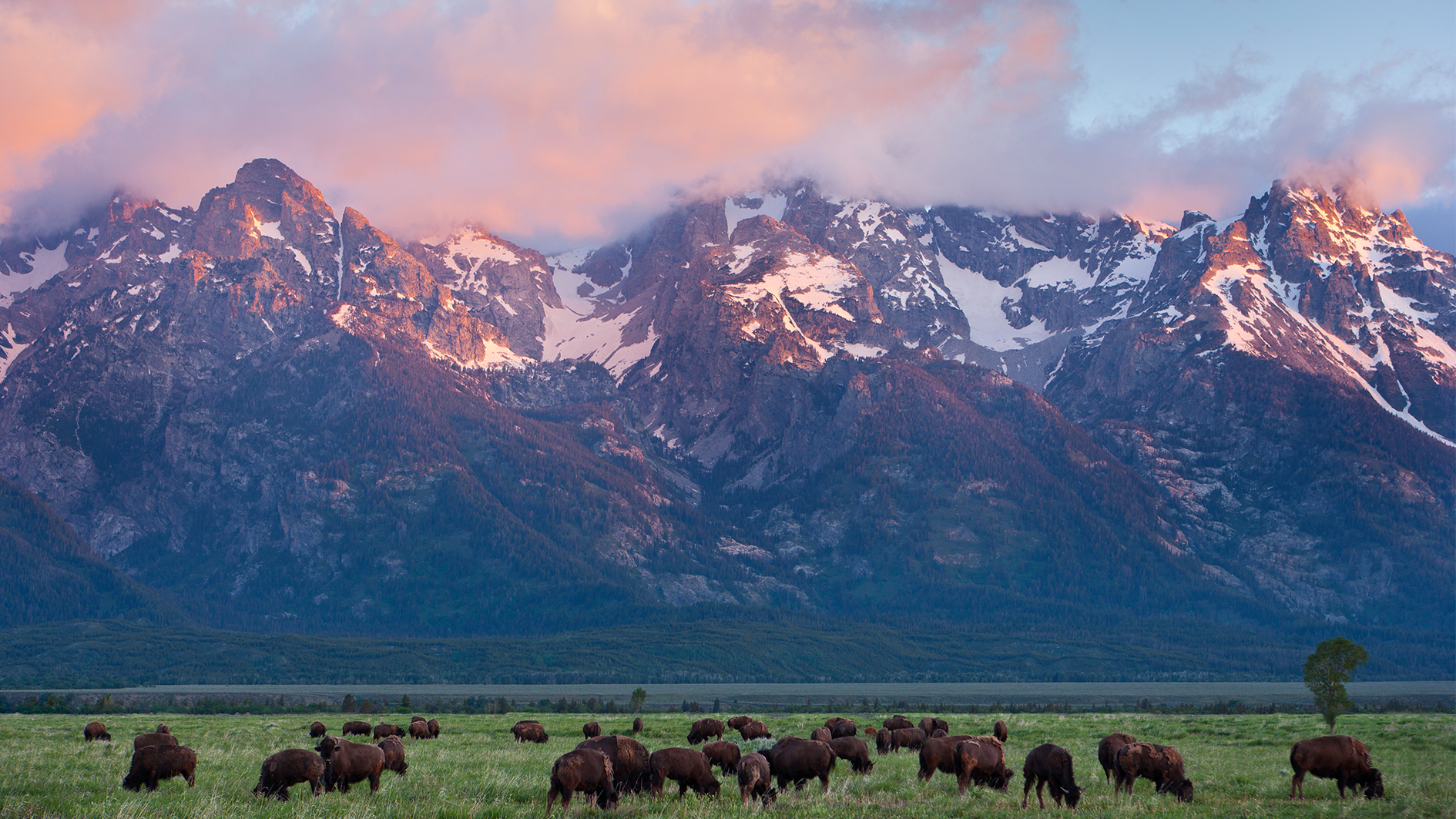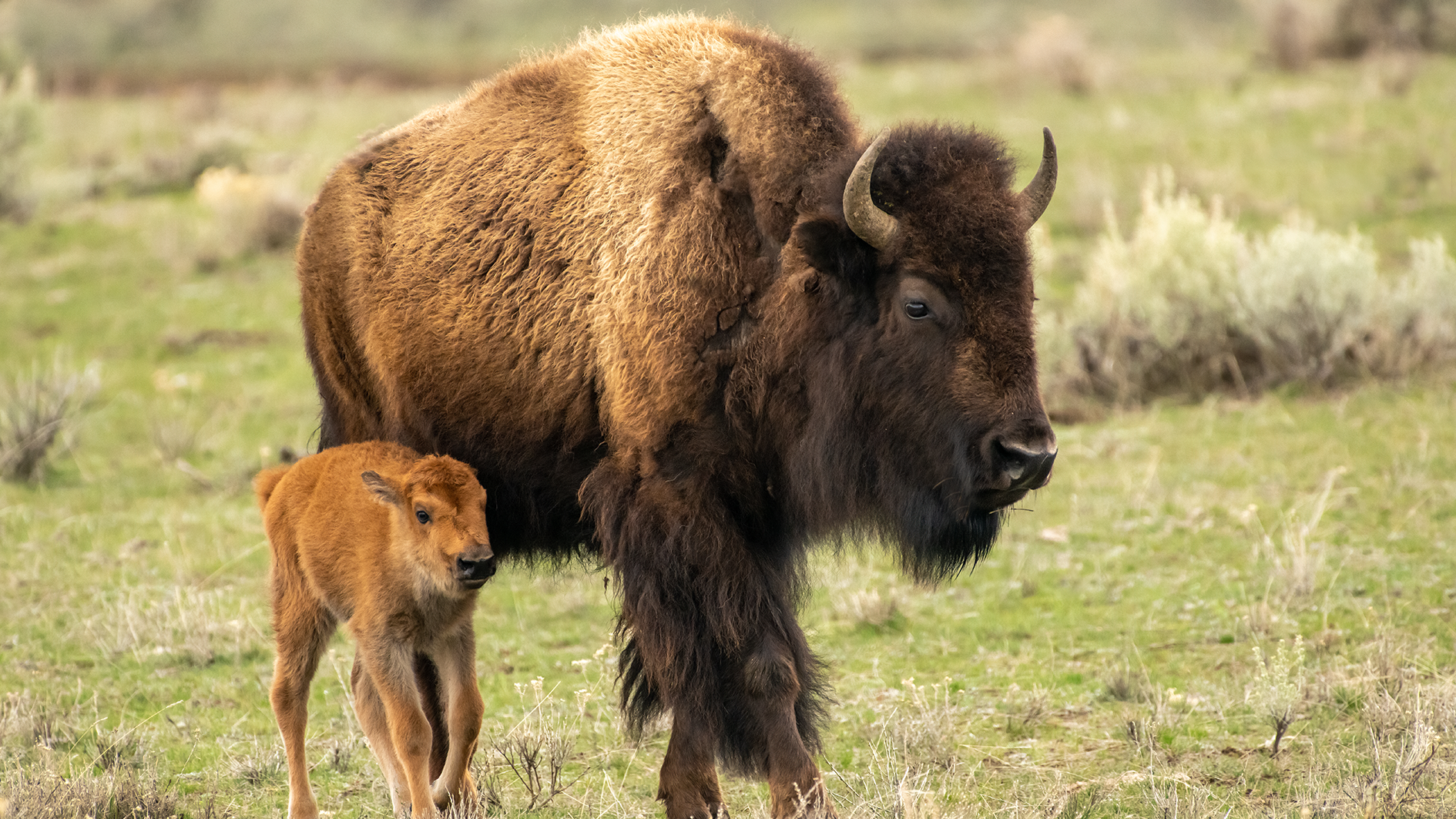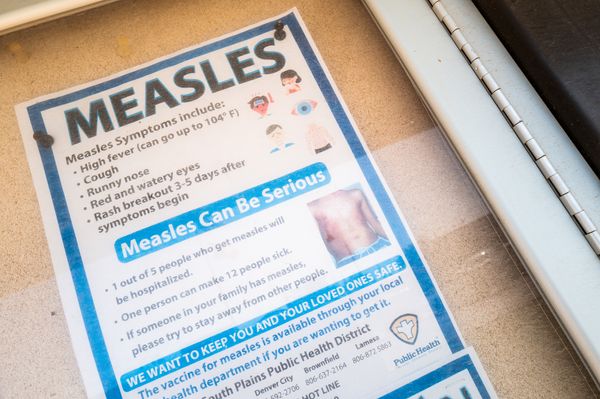
The state of Montana is suing the iconic Yellowstone National Park over its plan to increase the number of bison in and around the park.
Loved by hikers and climbers alike, the 3,472 square-mile park wants to boost its sizeable bison population and increase tolerance for the animals leaving Yellowstone to roam around the surrounding area.
Specifically, the new plan directs wildlife managers to aim for herds of 3,500 to 6,000 animals, a slight increase over the previous target, established 20 years ago. It also calls for expanded bison hunting and establishes several structural changes to the ways in which the animals are managed.
Critics at the Montana state government have blasted the plan as ‘over-reaching’, asking the US District Board to halt its implementation and send planners back to the drawing board in a new lawsuit.
“The National Park Service has repeatedly and consistently failed to engage with the state in a meaningful and transparent manner,” argued Montana governor Greg Gianforte.
“NPS has not given us a fair shake and has ignored concerns raised by the state.”

Those against the latest plan are especially concerned about its impact on Montana livestock. Bison in Yellowstone are currently confined to the park boundaries due to concerns that they may spread brucellosis, a bacterial infection that can cause cattle to abort unborn calves.
Alongside greater freedom to roam, the new plan would drop a bison vaccination program, established 25 years ago to protect against brucellosis. Critics fear that these moves would put Montana domestic livestock at an increased risk.
Testing reveals that roughly 60% of female Yellowstone bison have been exposed to brucella bacteria. However, experts estimate that only 10% to 15% are capable of transmitting it to other animals.
Recent research also suggests that Yellowstone bison are extremely unlikely to transmit the infection to cattle. As noted in the latest plan, there’s not been a single recorded case of bison-to-cattle brucellosis transmission since the year 2000, while elk have been responsible for at least 25 transmissions in that time.
Alongside livestock concerns, Montana’s 51-page lawsuit takes aim at Yellowstone’s plans to increase the number of bison transferred to tribal governments and accuses officials of rushing through the planning process.

Those in support of Yellowstone’s plan appear puzzled by the lawsuit.
“Governor Gianforte is aiming to significantly reduce the bison population so very few, if any, remain to migrate onto millions of acres of national forest habitat,” Buffalo Field Campaign habitat coordinator Darrel Geist told the Montana Free Press.
“It’s about the state exerting control over Yellowstone National Park and diminishing the most significant population of wild bison population remaining in the United States.”
Michelle Uberuaga of the National Parks Conservation Association was equally unimpressed.
“The park’s plan balanced many competing interests and the state of Montana had ample opportunity to provide input,” she told the Montana Free Press.
Yellowstone’s disputed plan was developed over a year and a half and included a public consultation phase in which 27,000 people commented on it.
Just 3% of Yellowstone National Park is located in Montana. 96% of the ancient park is in Wyoming and a further 1% in Idaho.
- The best trekking poles: take the pressure off when you're out on the trails
- The best hiking backpacks: from the lightest daypacks to sturdy alpine haulers







